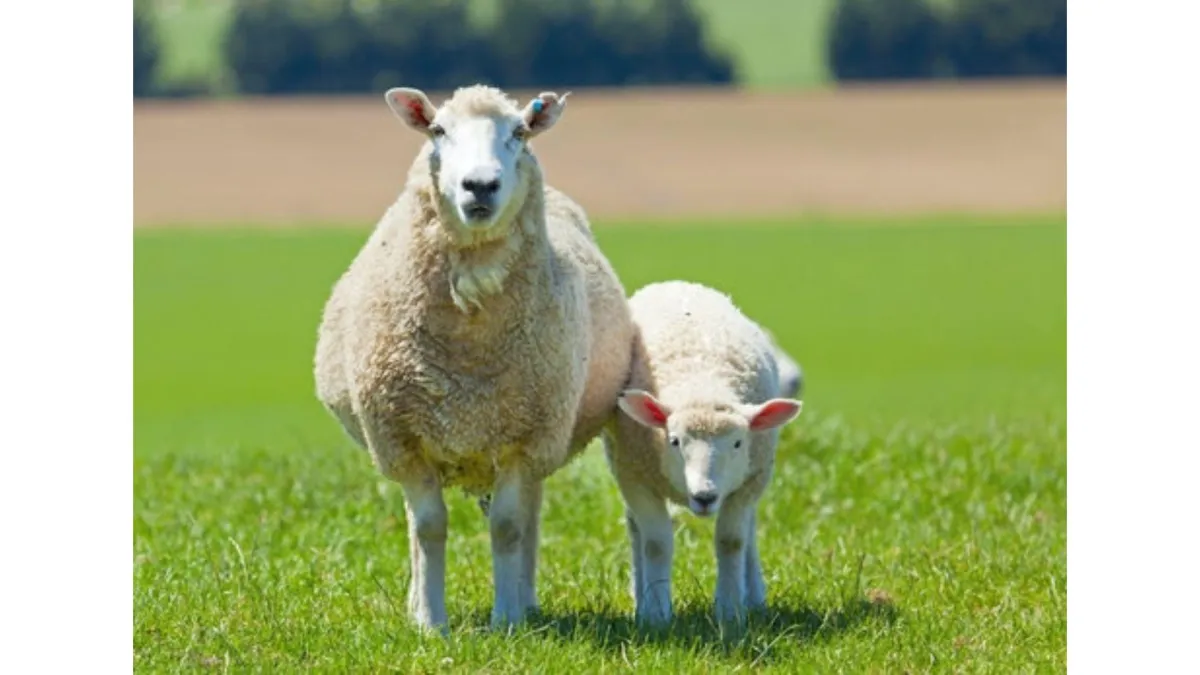
Understanding Refugia and Its Role in Slowing Drench Resistance
The term "refugia" entered farming conversations in the early 2000s, particularly among veterinarians and parasitologists discussing internal parasites in livestock. It describes an important concept in managing worm burdens and slowing the development of drench resistance on farms.
Where it all began
Around 2006, a Meat & Wool survey revealed widespread drench resistance on sheep and beef farms. This triggered urgent responses, including the creation of the Wormwise programme to educate and support farmers. The situation has since stabilised somewhat, but the challenge remains.
Resistance was never unexpected. Experts had warned for decades that relying too heavily on chemical drenches would allow worms to evolve resistance through natural selection. Despite this, drenches became a routine tool across the industry. As a result, drench resistance is now a widespread problem.
What is refugia?
The concept of refugia came from insect science. In the 20th century, scientists saw that using chemicals like DDT to control mosquitoes in Africa led to resistant populations. One solution was to leave part of the population untreated, allowing non-resistant insects to survive and interbreed with resistant ones. This helped slow down the rise of resistance.
In worm management, the same idea applies. By deliberately leaving a proportion of the worm population unexposed to drenches, susceptible worms can survive and breed. This dilutes the number of resistant worms in the population, slowing the spread of resistance.
Refugia is not a guaranteed fix, but it’s the best tool we currently have to reduce the rate of resistance. It works by encouraging a balance between susceptible and resistant worms in the environment.
How worms build resistance
Worms live in the gut of livestock, where they mate and produce eggs. These eggs pass out in dung, hatch into larvae, and climb onto pasture to be eaten again. When drenches are applied, susceptible worms are killed, but resistant ones survive and reproduce. Over time, the resistant population increases.
By ensuring some susceptible worms remain in the population (refugia), resistant worms have a higher chance of mating with susceptible ones. Their offspring may still be vulnerable to treatment, helping maintain the effectiveness of drenches for longer.
Managing refugia on your block
To maintain a refugia population:
Avoid drenching all animals in a mob. Leave 5–15% of the healthiest animals untreated.
Use faecal egg counts (FECs) and veterinary advice to make drenching decisions, not the calendar.
Reduce the number of drenches given and extend the interval between treatments.
Focus on treating poorer-performing animals.
Avoid drenching mature animals unless necessary. Their immune systems generally suppress worm burdens effectively.
Avoid practices that undermine refugia:
Don’t assume drenching removes larvae from pasture. It only affects worms inside the animal.
Avoid grazing one species only. Mixed grazing (e.g. cattle and sheep) helps break the worm cycle.
Avoid drenching young animals then placing them on clean pasture. This allows resistant larvae to thrive.
How to detect resistance
Not all worms are equally resistant, and around 90% of the worm population lives as larvae on pasture. To identify resistance on your farm, ask your vet about a Faecal Egg Count Reduction Test (FECRT). This involves:
Doing an initial FEC on selected animals.
Drenching with a suspect drench.
Doing a follow-up FEC to check if worm numbers dropped by at least 95%.
Your vet can guide you through this process and help interpret the results.
A note on newer drenches
Two additional drench families were introduced in New Zealand from 2009 onwards, offering options for farms struggling with resistance to older products. While they remain important tools, these newer drenches are no longer considered novel, and there are already signs of resistance developing to some of them.
As with all drenches, these products must be used carefully and strategically to remain effective. Always seek veterinary advice before switching or adding them to your worm control programme.
The bottom line
Refugia is not a silver bullet, but it’s an important part of sustainable worm control. By understanding how it works and applying the principles correctly, lifestyle farmers can protect their animals’ health while extending the useful life of the drenches available.
If you're ready to apply these ideas on your block, see our step-by-step guide to using refugia in practice.
And for tailored advice on livestock management, check out our Keeping Livestock course.

